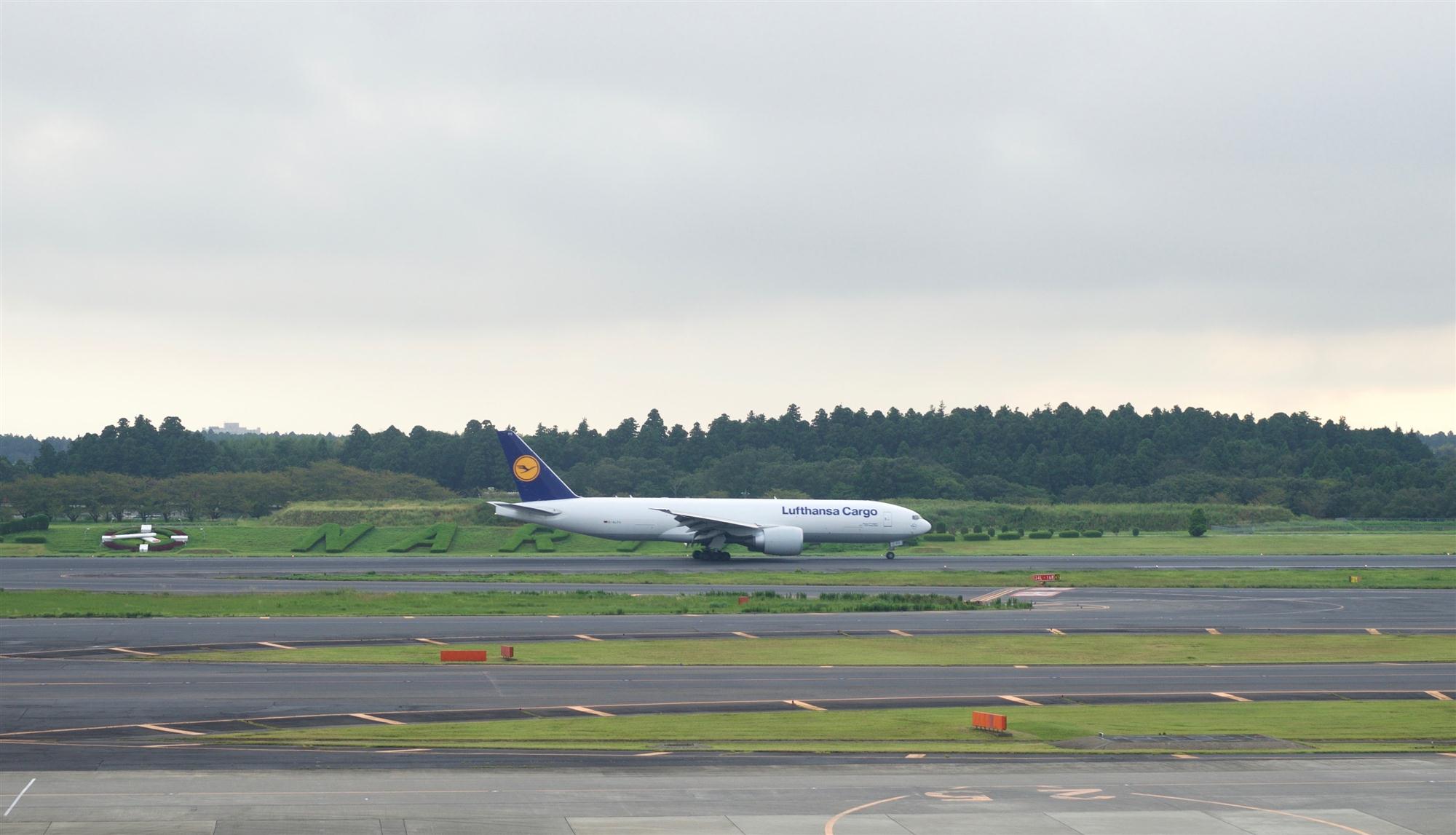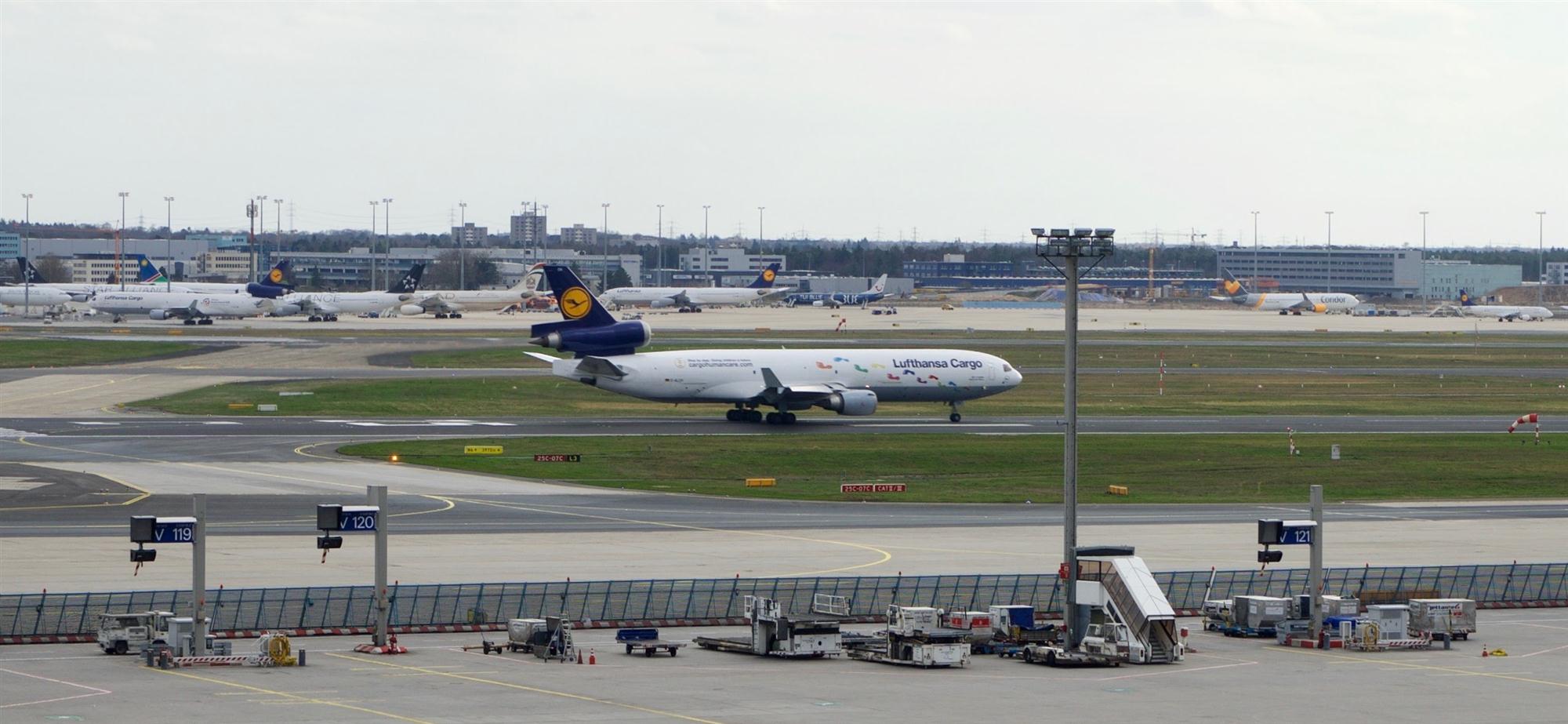Lufthansa Cargo recorded an adjusted EBIT of -€50 million (-US$53.6 million) for 2016, compared to €74 million (US$79.4 million) in 2015, according to the Lufthansa Group’s annual report.
“I wasn’t surprised,” said Peter Gerber, chairman and CEO of Lufthansa Cargo. “We really experienced a tough 2016, especially the first few months and the lost peak in March which nobody expected. Luckily for us, we have our cost-cutting programme, C40, already in place and we accelerated the programme.”
According to Gerber, the carrier actually came close to a zero result towards the end of the year from an operational point of view. The €50 million loss was therefore more as a result of costs for restructuring and construction in the future, as well as for new engine contracts with General Electric for the fleet of Boeing 777Fs.

Under the C40 programme, Lufthansa Cargo aims to reduce costs by at least €40 million (US$42.9 million) every year.
“The most important thing this year is to implement it fully,” Gerber said. “We expect to start seeing the results from 2018 onwards.”
An inevitable part of the programme is a reduction in the size of the workforce.
“We’ve already told everyone that we will have to cut 800 people,” said Martin Schmitt, board member for finance and human resources at Lufthansa Cargo. “We’re looking at measures that are more voluntary in nature.”
The C40 programme is just the first element of the company’s new Cargo Evolution strategy. The second concerns new products. During 2016, Lufthansa Cargo launched myAirCargo, initially targeted at Lufthansa passengers, and td.Basic, a low-cost, online-only option. Gerber said this was the first time in about 10 years that the company has introduced two products in a year.
But the response to myAirCargo so far has perhaps not been as good as the carrier had hoped for.
“It’s still very small at the moment,” said Gerber. “In some respects, the performance has been lower than our expectations. We’ll see some small improvements possibly later this year. It’s important that we invest into the future when it comes to new products. We really have to look for future developments and our next big issue is to think about a product for e-commerce.”
Partnerships represent the third part of Lufthansa Cargo’s strategy. Having already set up a joint venture with ANA Cargo and a joint business agreement with Cathay Pacific Cargo, another JV agreement with United Cargo is, at the time of writing, in the final phases of being concluded.
Within the Lufthansa Group itself, a project is underway to unite and align the various airlines, including Austrian Airlines, Eurowings and Swiss WorldCargo.
“When you put such strong brands together it sends a good message to our customers,” Gerber said. “It’s also good for us because we can align processes, save money and pool our divisions.”
The fourth aspect of the Cargo Evolution strategy is digitization.
“We’ve already completed our new handling system,” said Gerber. “The next big thing is to renovate our sales systems. We’ll work on this during 2017 and I think it will be in place in 2018.”
Newer systems will enable Lufthansa Cargo to work more closely together with customers and move away from carrying out transactions with sheets of paper.
“I think we’ll see a lot more digitization there,” he said. “I think it’s extremely important to be able to plug into the systems of your partners. It’s clearly a step that the whole cargo industry needs to take, to gain more efficiency, fulfil customer needs and improve the quality.”
He added that his team is looking intensely at the opportunities offered by new business models such as a data cloud because Lufthansa Cargo wants to remain an industry leader.
“I believe what we’re doing is very necessary to stay ahead of the competition and to stay in the Champions League of this industry,” said Gerber.

Lufthansa Cargo’s active fleet currently consists of five 777Fs and 12 MD-11Fs. Two MD-11Fs are parked and three are up for sale.
“They’re currently flying but we plan to phase them out,” Gerber said. “We’ll discuss later this year how we’ll carry out the rollover. It’s on the agenda and I believe we will decide this in the next 12-15 months. It is clearly the view of the whole group that a decision is needed in this respect.”
Until then, the MD-11Fs, which are relatively young at about 15 years of age, will continue to be an important part of the fleet. Gerber stressed that they would only be replaced with 777Fs.
“To put it bluntly, I don’t see a role for the 747F at Lufthansa Cargo,” he said. “We evaluated it in great detail when we decided on the 777F. With Germany’s location in the middle of Europe, 105 tonnes is the perfect capacity in terms of price and yield. Also, in terms of costs, they are about the same but the 777F offers more flexibility.”
Overall, Gerber said that while some people were expecting the end of air freight a few years ago and some are now hoping for a bright outlook, he finds both arguments too extreme.
“I tend to believe neither is true,” he said. “Last year was clearly very bad, but this year should be a little better and we believe that in 2018 we will be back to normal and in the black.”
By Jeffrey Lee
Asia Cargo News | Frankfurt



